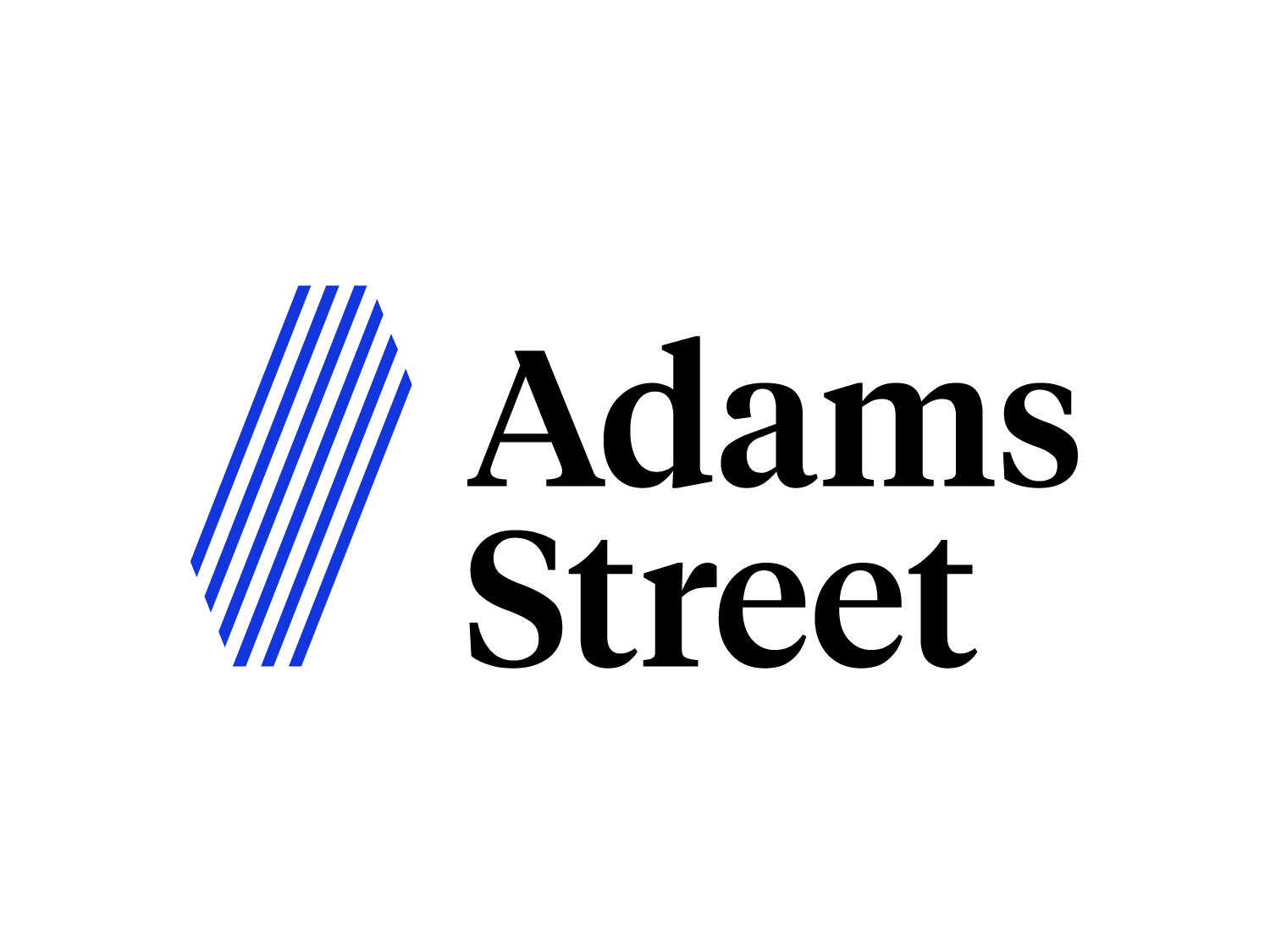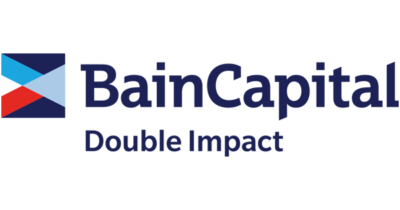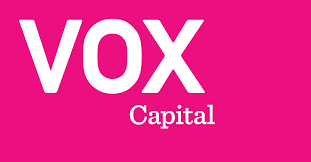
Asset managers
Stand apart in a crowded market
BlueMark helps asset managers stand apart in a crowded market and credibly communicate their impact with current and prospective investors. Managers can access data, benchmarks, and purpose-built action plans to refine their approach to impact management and reporting.
Communicate and enhance your impact performance
Differentiate yourself from other fund managers
Our seal and verifier statements help you differentiate yourself from other fund managers and signal your commitment to transparency and continued improvement.
Improve and right-size your impact management approach
Our benchmarks and recommendations help you improve and right-size your impact management approach vis-a-vis peers.
Asset managers breakdown
*As of April 2024
Our managers globally
europe
49
clients
$129.5B
combined impact aum






north america
48
clients
$62.4B
combined impact aum






latin america & caribbean
3
clients
$1.2B
combined impact aum


middle east & north africa
2
clients
$7.4B
combined impact aum
sub-saharan africa
1
clients
$19M
combined impact aum

oceania
2
clients
$179M
combined impact aum
southern asia
2
clients
$110M
combined impact aum

southeast asia
5
clients
$1.3B
combined impact aum



*Representative sample of BlueMark clients’ diverse geographical bases, many operate across multiple regions and invest globally
Impact Management Practice Dashboard
- Investor Type
- Asset Class
- Impact Theme
- > +10%
- < -10%
| Variation from Median based on +/- 10%
| |||||||||||
| Investment stage | IMPACT PRACTICE | Median N=84 | Impact-Only Managers n=38 | Conventional Managers n=27 | DFIs n=12 | Private Equity n=65 | Private Debt n=31 | Real Assets n=14 | Social n=36 | Climate / Environmental n=44 | Multi theme / Theme Agnostic n=13 |
|---|---|---|---|---|---|---|---|---|---|---|---|
| Strategic Intent | Create a fund-level theory of change with supporting evidence | 60% | 58% | 52% | 67% | 57% | 65% | 71% | 61% | 55% | 62% |
| Align staff incentive systems with impact performance | 31% | 34% | 15% | 58% | 31% | 39% | 14% | 31% | 32% | 23% | |
| Impact Due Diligence | Use a composite impact scoring or rating tool to assess impact across the portfolio | 29% | 34% | 19% | 42% | 29% | 29% | 43% | 31% | 30% | 39% |
| Assess all fundamental components of potential impact for each investment | 49% | 47% | 52% | 33% | 43% | 52% | 43% | 50% | 43% | 69% | |
| Impact Monitoring and Measurement | Actively manage and engage on ESG risks with investees | 52% | 45% | 56% | 75% | 51% | 71% | 50% | 56% | 61% | 69% |
| Consistently monitor impact data against expectations or a target | 60% | 61% | 63% | 50% | 58% | 68% | 64% | 69% | 61% | 39% | |
| Track and monitor results of investor contribution activities | 23% | 21% | 19% | 33% | 20% | 23% | 29% | 22% | 20% | 31% | |
| Solicit data from end-stakeholders to validate outcomes | 32% | 34% | 33% | 25% | 29% | 26% | 29% | 31% | 27% | 46% | |
| Impact at Exit | Have an approach to sustaining impact at exit | 60% | 66% | 52% | 50% | 52% | 55% | 64% | 58% | 50% | 62% |
| Use impact review findings to improve processes | 39% | 37% | 41% | 42% | 39% | 39% | 50% | 47% | 36% | 54% | |
| Investment stage | Strategic Intent | Impact Due Diligence | Impact Monitoring and Measurement | Impact at Exit | ||||||
|---|---|---|---|---|---|---|---|---|---|---|
| IMPACT PRACTICE | Create a fund-level theory of change with supporting evidence | Align staff incentive systems with impact performance | Use a composite impact scoring or rating tool to assess impact across the portfolio | Assess all fundamental components of potential impact for each investment | Actively manage and engage on ESG risks with investees | Consistently monitor impact data against expectations or a target | Track and monitor results of investor contribution activities | Solicit data from end-stakeholders to validate outcomes | Have an approach to sustaining impact at exit | Use impact review findings to improve processes |
| Median N=84 | 60% | 31% | 29% | 49% | 52% | 60% | 23% | 32% | 60% | 39% |
| Impact-Only Managers n=38 | 58% | 34% | 34% | 47% | 45% | 61% | 21% | 34% | 66% | 37% |
| Conventional Managers n=27 | 52% | 15% | 19% | 52% | 56% | 63% | 19% | 33% | 52% | 41% |
| DFIs n=12 | 67% | 58% | 42% | 33% | 75% | 50% | 33% | 25% | 50% | 42% |
| Private Equity n=65 | 57% | 31% | 29% | 43% | 51% | 58% | 20% | 29% | 52% | 39% |
| Private Debt n=31 | 65% | 39% | 29% | 52% | 71% | 68% | 23% | 26% | 55% | 39% |
| Real Assets n=14 | 71% | 14% | 43% | 43% | 50% | 64% | 29% | 29% | 64% | 50% |
| Social n=36 | 61% | 31% | 31% | 50% | 56% | 69% | 22% | 31% | 58% | 47% |
| Climate / Environmental n=44 | 55% | 32% | 30% | 43% | 61% | 61% | 20% | 27% | 50% | 36% |
| Multi theme / Theme Agnostic n=13 | 62% | 23% | 39% | 69% | 69% | 39% | 31% | 46% | 62% | 54% |
Driving impact in public markets
Coeli Circulus invests primarily in listed equities and targets micro- and small-cap companies that broadly contribute to the Sustainable Development Goals. Coeli engaged BlueMark to assess the degree to which their impact management system, tools, and processes were aligned with the Operating Principles for Impact Management (OPIM) and other relevant industry standards and best practices.
Transparent, thoughtful, and detailed—precisely what is needed to build trust in the impact space and assist fund managers like ourselves in achieving our goals of contributing to a better tomorrow.
Coeli Circulus
Navigating sustainability linked loans
LGT Private Debt, an affiliate of LGT Capital Partners, enlisted BlueMark to conduct an independent assessment of the proposed terms of a Sustainability-Linked Loan (SLL) for three of their debt facilities.
Engaging with BlueMark helped us confidently and clearly communicate the strength of our proposed Sustainability Linked Loan (SLL) terms to prospective lenders.
LGT Private Debt


